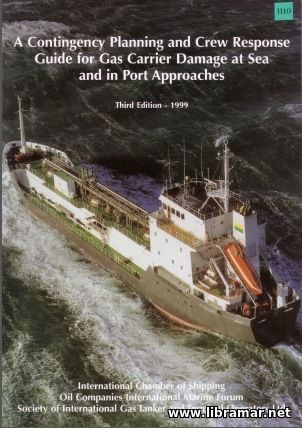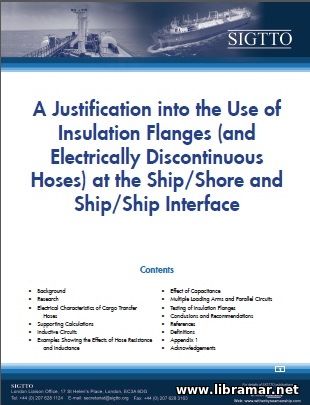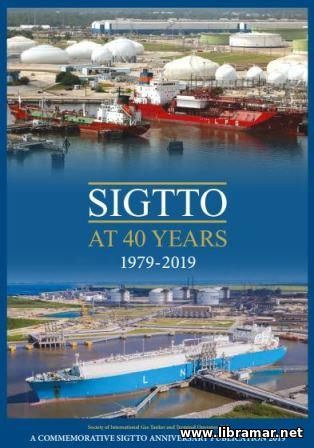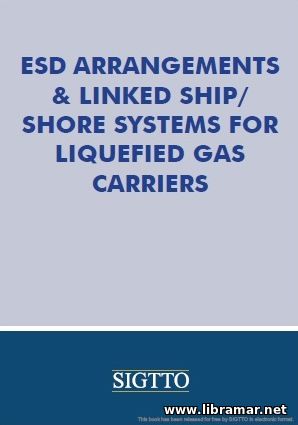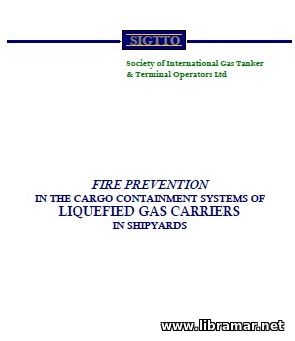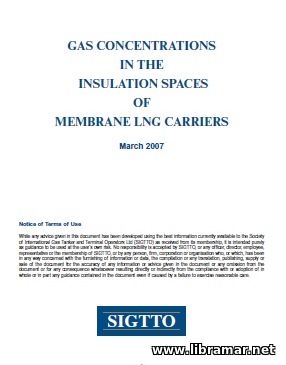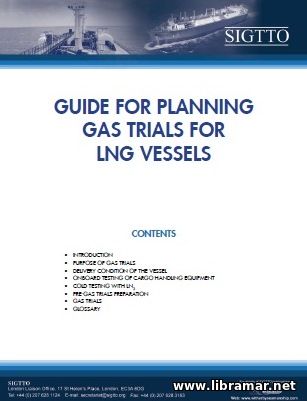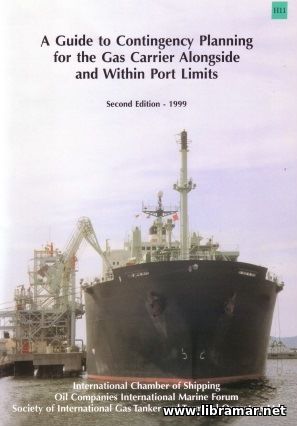
The main purpose of the present guide is to provide a thorough reference which might be useful to various port authorities as well as operating management of LNG carriers and terminals in reviewing or developing their planning in order to avoid the accidents or at lease reduce their possibility. The publication would also be quite helpful in controlling the possible consequences of such accidents happening within the port limits.
This second (revised) edition takes into account the STCW Convention and SOLAS IX as well as the ISM Code. It covers ships in transit and operation, ships alongside, public relations and periodic review. Note, however, that the present publication shall not be treated as a comprehensive technical manual on contingency planning since the authors have confined this document to the aspect directly relating to the carriage and handling of gases.
The circumstances influencing the contingency planning may vary from port to ports in the matters such as nautical/weather considerations, types of cargo being handled, authorities etc. When preparing this document, broader interpretation of the term "contingency planning" was taken, including considerations related to the accident prevention and control of possible consequences.
